Remember when electronic beeps, whirs, and dings were the sounds of the future? The 1970s promised us a world of push-button convenience and digital displays that would make our lives easier and more exciting. Back then, any gadget that made noise felt like something straight out of “The Jetsons,” a sure sign that we were living in tomorrow.
1. Digital Alarm Clocks with Red LED Displays
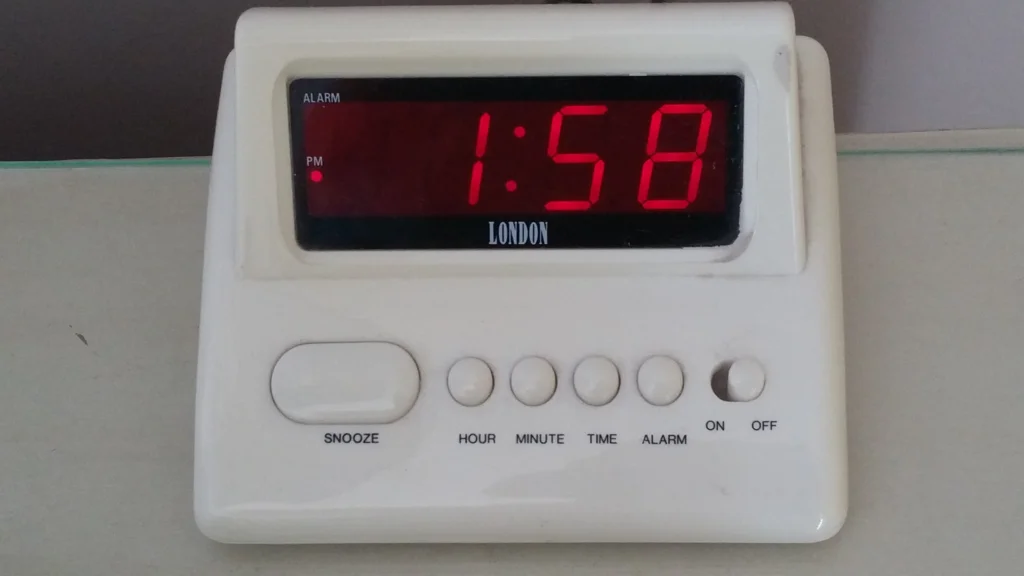
Those glowing red numbers seemed like something from a space station when they first appeared on nightstands across America. The bright LED display was so futuristic that you could read the time from across the room, and the digital precision felt far more advanced than old-fashioned analog clocks. Everyone marveled at how the numbers would flip from 11:59 to 12:00 with electronic perfection, accompanied by that satisfying little click.
But then came the jarring buzzer that could wake the dead three houses down. The alarm wasn’t just loud—it was aggressively, relentlessly loud, with no gentle fade-in or snooze mercy. Those red numbers that seemed so cool at night became sleep-destroying beacons that lit up entire bedrooms like emergency signals, making you feel like you were sleeping in mission control.
2. Microwave Ovens
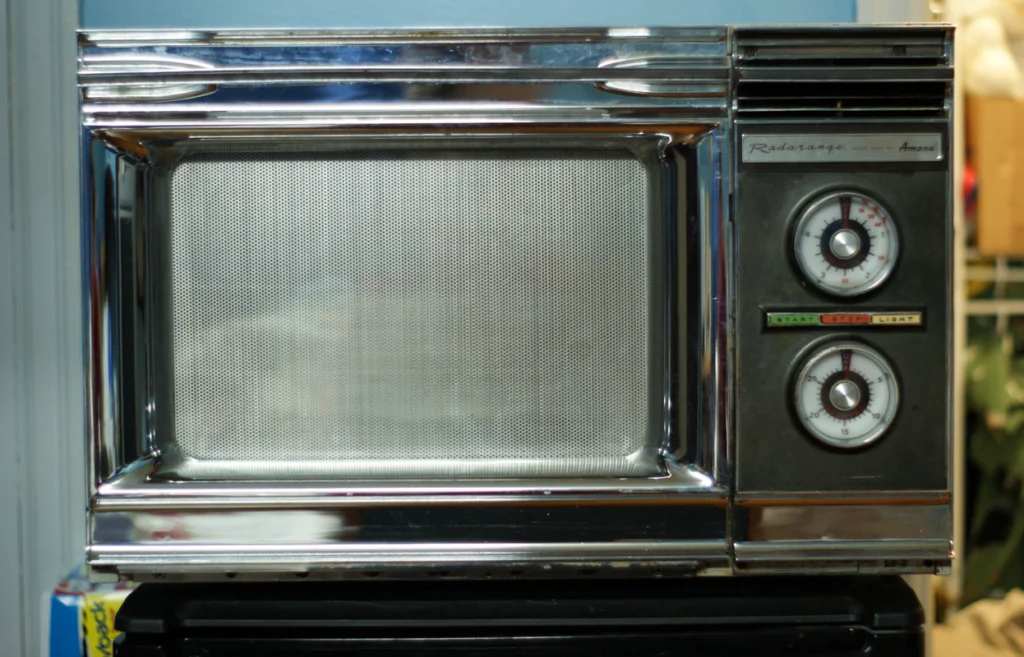
The microwave was pure science fiction made real—cooking food with invisible rays in minutes instead of hours. Early models came with thick manuals explaining this miraculous technology, and families would gather around to watch potatoes cook through the little window like it was the greatest show on earth. The digital timer counting down felt like a NASA launch sequence, complete with that final triumphant beep announcing your meal was ready.
Those beeps, though—every microwave seemed designed by someone who thought louder meant better. The end-of-cycle alarm could be heard from the garage, and heaven help you if you didn’t catch it in time because it would keep beeping every thirty seconds like an impatient robot. The door slams, the fan whirring, and the magnetron humming created a symphony of mechanical noise that made the kitchen sound like a factory floor.
3. Electronic Calculators
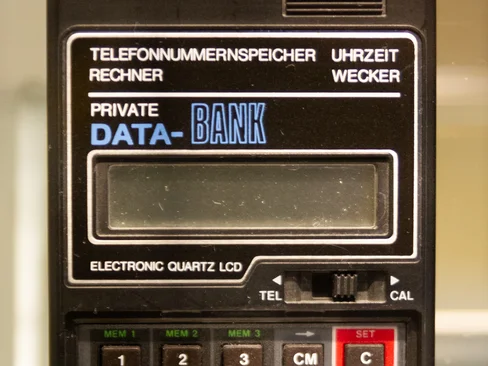
Before calculators, math was done with pencil and paper or those clicking mechanical adding machines that belonged in accounting offices. The first electronic calculators with their green or red LED displays felt like carrying a computer in your pocket, even if they were the size of a paperback book and cost as much as a television. Watching those numbers appear instantly after pressing buttons was nothing short of magical for a generation raised on slide rules.
The beeping sounds they made with each button press seemed so sophisticated, like you were operating some kind of scientific instrument. But after a few minutes of calculation, the constant beep-beep-beep became maddening, especially in quiet classrooms where every mathematical operation announced itself to the world. The low battery warning beep was even worse—a panicked chirping that meant your expensive marvel of technology was about to become a very costly paperweight.
4. Smoke Detectors
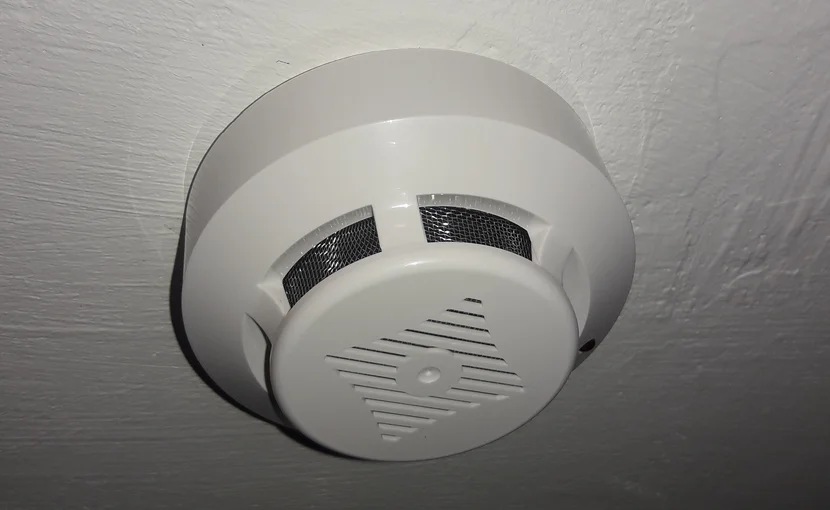
The idea of a device that could smell smoke and warn you of danger seemed like something from a spy movie. Early smoke detectors were marvels of miniaturization, packed with radioactive elements and electronic sensors that could detect the tiniest whiff of trouble. Having one mounted on your ceiling felt like installing your own personal fire department, a silent guardian watching over your family while you slept.
Until the battery started dying, usually at 3 AM, and that piercing chirp would wake everyone in the house. The low battery warning wasn’t a gentle reminder—it was an urgent, ear-splitting alarm that seemed to echo through every room. Even worse was when they’d malfunction and start shrieking at perfectly cooked bacon or a hot shower, sending everyone scrambling for chairs and brooms to silence the electronic banshee overhead.
5. Digital Watches
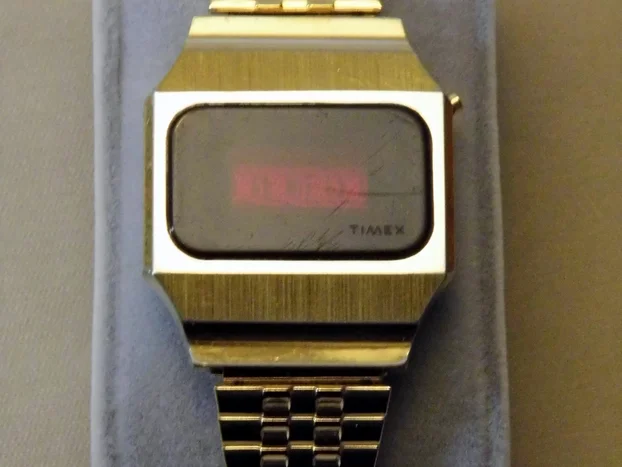
Dick Tracy’s wrist radio had nothing on the digital watches that started appearing in the mid-’70s, complete with LED displays that lit up at the press of a button. These weren’t just timepieces—they were computers you wore, some with calculators, stopwatches, and even primitive games built right in. The red numbers glowing on your wrist felt like wearing a piece of the space program, especially the models that displayed time in military format.
The button beeps were initially charming, a little electronic confirmation that you’d successfully operated your wrist computer. But every time adjustment, every alarm setting, every accidental button press produced those same metallic beeps that seemed to carry across quiet rooms like tiny air horns. The hourly chime feature that seemed so useful in the store became a source of constant interruption, marking every passing hour with electronic punctuality that no one asked for.
6. Electronic Games (Pong and Clones)
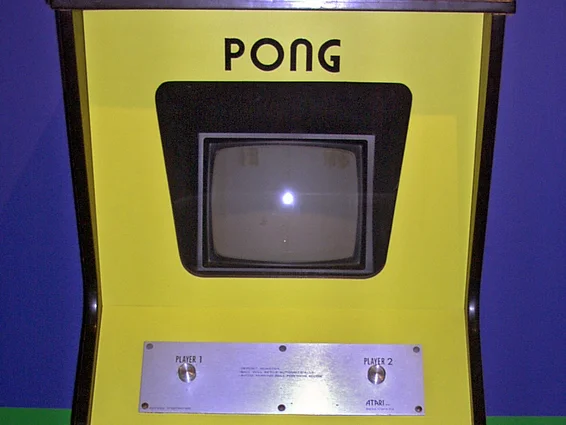
Home Pong systems brought the arcade experience into living rooms, complete with that mesmerizing white square bouncing between two paddles on your television screen. The simple beeps and blips that accompanied each paddle hit and point scored felt like the soundtrack to the future of entertainment. Everyone gathered around to take turns at this miraculous marriage of television and computer technology, marveling at interactive entertainment right in their own homes.
Those same beeps that initially seemed so futuristic quickly became repetitive and grating during longer play sessions. The mono speaker would blast every bounce, miss, and score with the same electronic tone, creating a hypnotic but ultimately annoying audio loop. When multiple family members wanted to play, the living room would fill with constant beeping that made conversation impossible and sent parents reaching for the volume control.
7. Telephone Answering Machines

The ability to record messages when you weren’t home felt like having your own personal secretary built into a box. Early answering machines used actual cassette tapes and featured futuristic options like remote message retrieval using special beeping codes over the phone. The outgoing message recording feature let you be creative with your personal greeting, and hearing your own voice played back through the machine felt like radio broadcasting from your kitchen counter.
The beeps that separated messages were loud enough to wake sleeping babies, and the mechanical chunk-click of the tape mechanism sounded like a small printing press. When the tape reached its end, the machine would emit a series of increasingly frantic beeps until someone came to flip it over or replace it. The remote access beeps were especially jarring—long, electronic tones that turned phone calls into exercises in audio endurance.
8. Electronic Doorbells
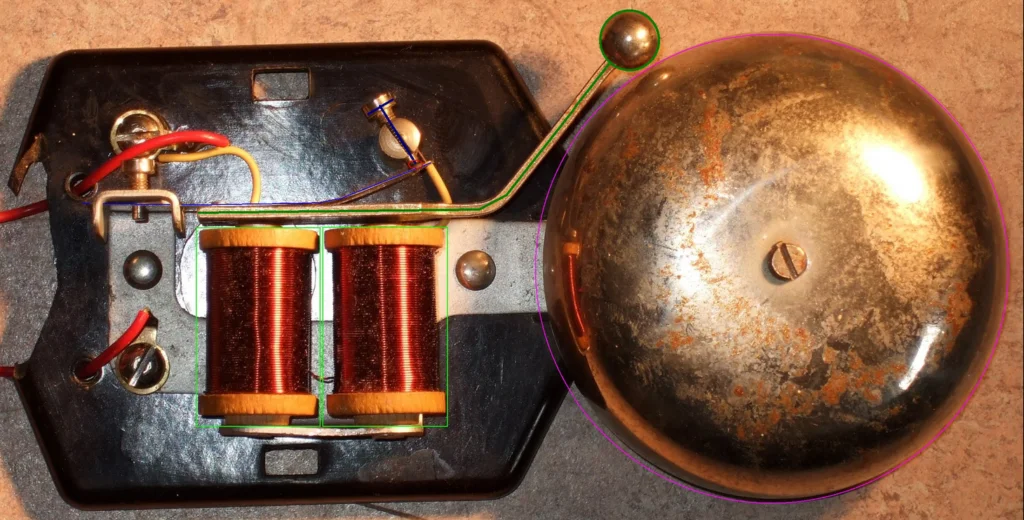
Gone were the days of simple ding-dong chimes—the ’70s brought doorbells that could play entire melodies with electronic precision. These marvels could chime out “Westminster Quarters” or even “Für Elise” at the touch of a button, bringing concert hall sophistication to suburban front doors. The variety of available tunes meant your doorbell could express your personality, from classical to contemporary, all through the magic of electronic music synthesis.
But those electronic melodies were played at volumes that could be heard three blocks away, turning every visitor into a neighborhood announcement. The synthetic tones lacked the warmth of traditional chimes, creating an artificial, almost alien sound that made your home entrance feel more like a gameshow buzzer. When the electronics started failing, the beautiful melodies would deteriorate into random beeps and stuttering notes that sounded like a robot having a breakdown.
9. CB Radios
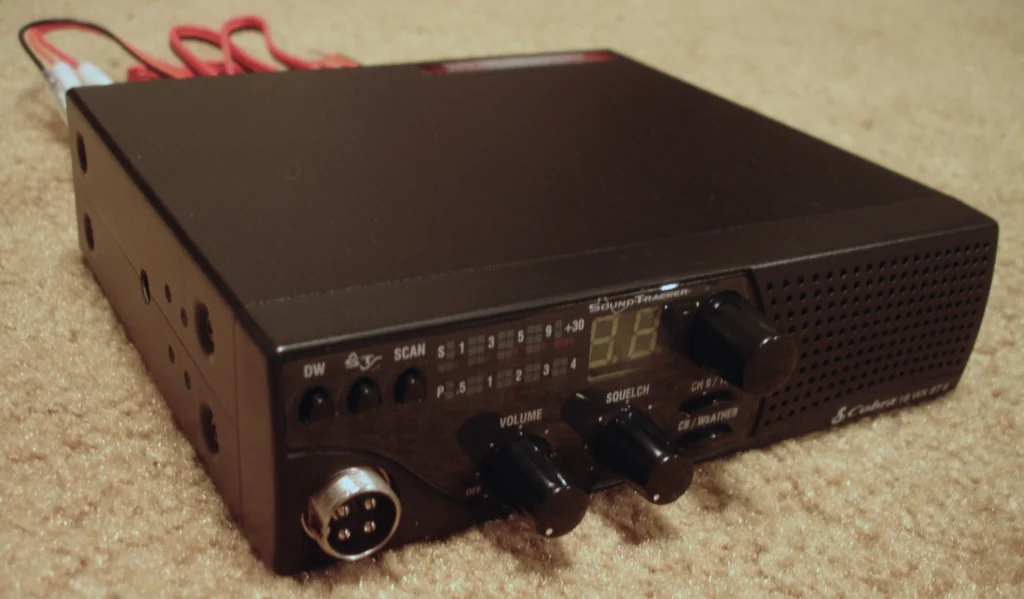
Citizens Band radio promised to turn every car into a mobile communication center, complete with colorful slang and a community of fellow travelers sharing road conditions and conversation. The crackling static and distant voices emerging from the dashboard speaker felt like tapping into a secret network of highway adventurers. Having a CB meant joining a fraternity of truckers and enthusiasts who had their own language and codes, making every drive feel like a mission behind enemy lines.
The constant static hiss and sudden bursts of conversation could be jarring, especially when someone with a powerful rig would break through with signal strength that rattled your speakers. The feedback squeals when handsets got too close to the radio, and the ear-splitting emergency channel alerts could startle drivers into dangerous situations. Channel 19 became a cacophony of voices, each trying to out-talk the others, creating a wall of noise that made actual communication nearly impossible.
10. Electronic Garage Door Openers

The remote-controlled garage door seemed like the ultimate in space-age convenience—pressing a button in your car and watching your garage door rise like the hangar bay of a spacecraft. Early models came with massive remote controls that clipped to your sun visor, complete with multiple buttons and indicator lights that made you feel like a secret agent. The automatic reversal feature that detected obstacles seemed impossibly sophisticated, like having a robot guardian protecting your car.
The grinding motors and chain mechanisms created a mechanical symphony that announced your arrival to the entire neighborhood. The beeper warning that sounded before the door moved was loud enough to wake hibernating bears, and the mechanical chunks and clanks of the opening mechanism echoed through the garage like a factory assembly line. When multiple neighbors had similar systems, the evening rush hour sounded like a convention of construction equipment as every garage door loudly proclaimed someone’s homecoming.
11. Electronic Organ/Keyboard Instruments
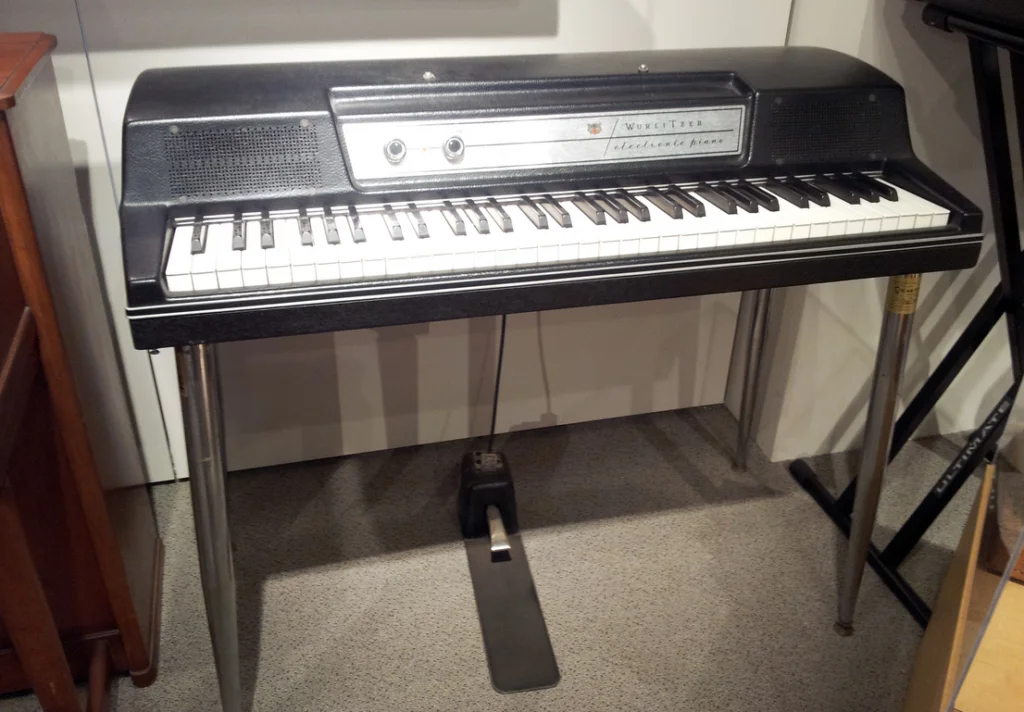
Home organs promised to turn anyone into a one-person orchestra, complete with dozens of preset rhythms, instrument voices, and sound effects that could fill a living room with professional-quality music. The rhythm section could provide everything from waltz to rock beats at the touch of a button, while preset sounds let you switch from piano to trumpet to harpsichord instantly. These instruments made every amateur player feel like Lawrence Welk, capable of providing full musical entertainment for family gatherings.
The preset rhythms were relentlessly cheerful and impossibly loud, turning every practice session into a neighborhood concert whether you wanted one or not. The electronic drum sounds and bass lines never stopped once activated, creating an insistent musical backing track that demanded you keep playing or turn the whole thing off. When children discovered the sound effects buttons—complete with dog barks, train whistles, and laser sounds—the living room became an audio assault course that tested every parent’s patience.
12. Electronic Blood Pressure Monitors
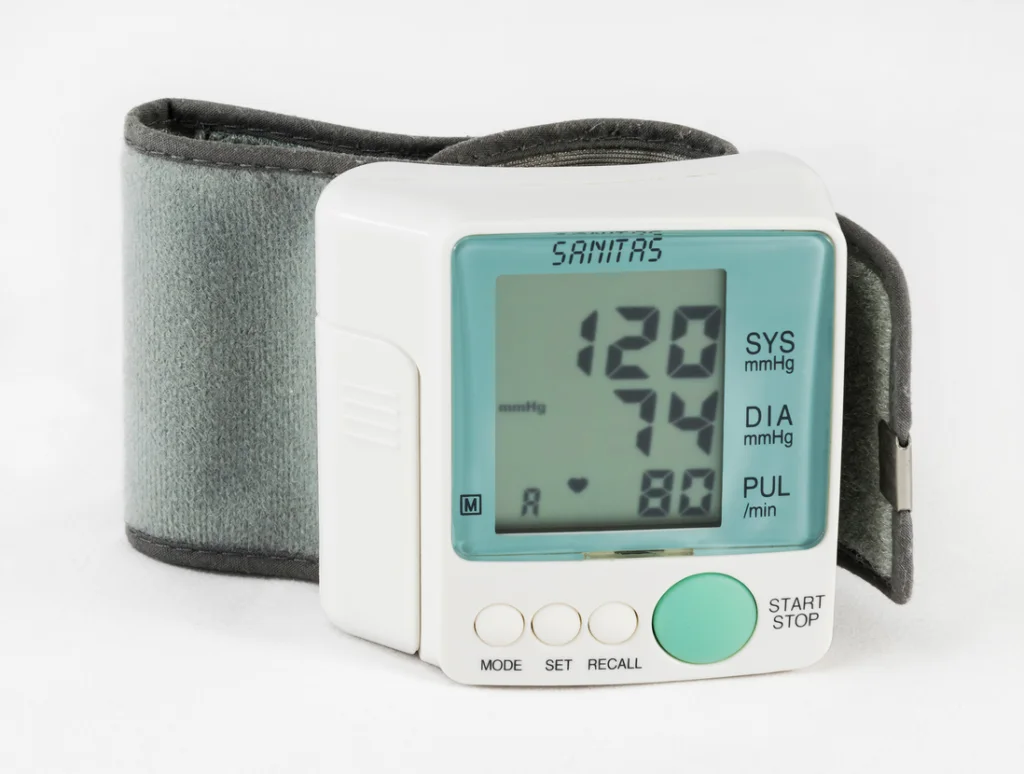
Home blood pressure monitoring seemed like bringing hospital-level medical technology into your own bathroom, complete with digital displays that showed precise readings instead of guessing at needle positions on analog gauges. The automatic inflation and deflation cycle felt remarkably sophisticated, like having a robot nurse taking your vital signs with scientific precision. These devices promised to democratize healthcare by putting diagnostic tools directly into patients’ hands.
The motorized pump sounded like a small air compressor, whirring and grinding as it inflated the cuff with mechanical determination. The beeps that marked each measurement phase were sharp and clinical, turning a simple health check into an electronic medical procedure that could be heard throughout the house. The deflation process created a prolonged hissing sound punctuated by more beeps, making every blood pressure reading feel like a steam engine slowly losing pressure while announcing each stage of the process.
13. Electronic Telephone Dialers
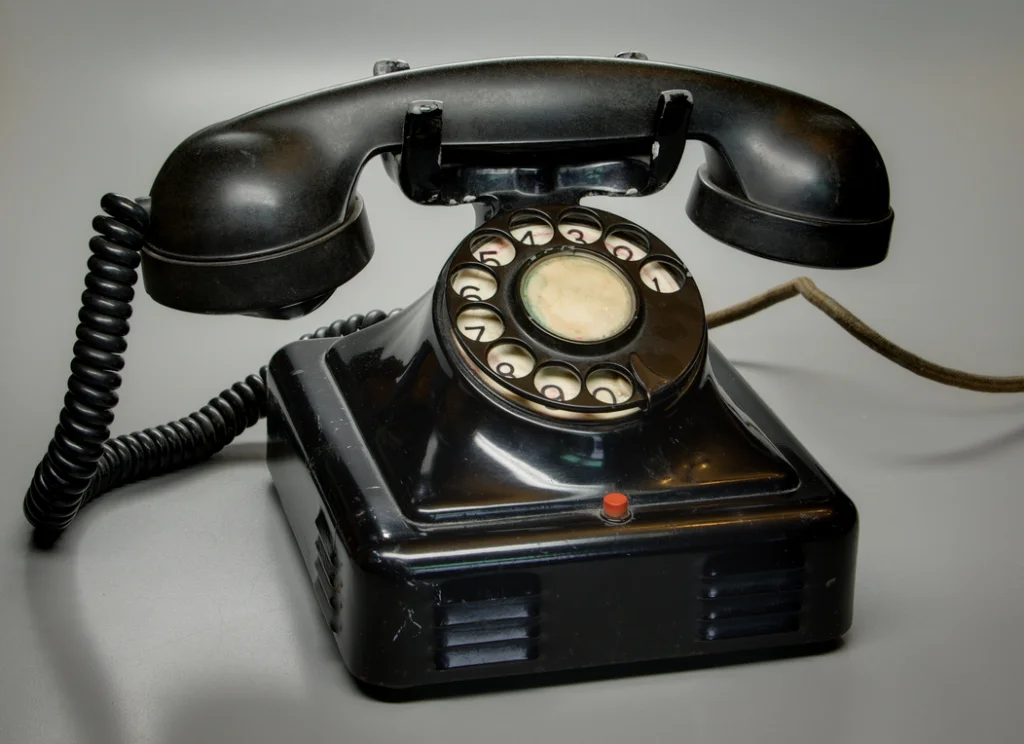
Automatic phone dialers promised to eliminate the tedium of rotary dialing by storing frequently called numbers and dialing them at the touch of a button. These devices clipped onto your phone and could store dozens of numbers, each assigned to a simple button press that would send the appropriate tones through your phone line. Having one felt like upgrading your home phone system to office-level sophistication, complete with the ability to speed-dial like a busy executive.
The touch-tone beeps they generated were significantly louder than regular phone tones, turning every call into a musical announcement that could be heard across the room. The devices would sometimes malfunction and send random tone sequences, creating ear-splitting electronic music that confused both the phone system and anyone trying to have a conversation. When multiple family members tried to use speed-dial features simultaneously, the overlapping electronic tones created a cacophony that made the kitchen sound like a telephone switching station having a nervous breakdown.
Looking back, we thought all those beeps, whirs, and electronic sounds were the music of progress—proof that we were living in the future our science fiction promised us. Now we realize we weren’t hearing the future; we were hearing the growing pains of technology that hadn’t yet learned the art of quiet sophistication. Those loud, proud gadgets were like toddlers showing off their new skills, and we loved them for it, even when they kept us awake at night.
This story 13 Gadgets from the ’70s That Seemed Futuristic and Now Just Seem Loud was first published on Takes Me Back.


